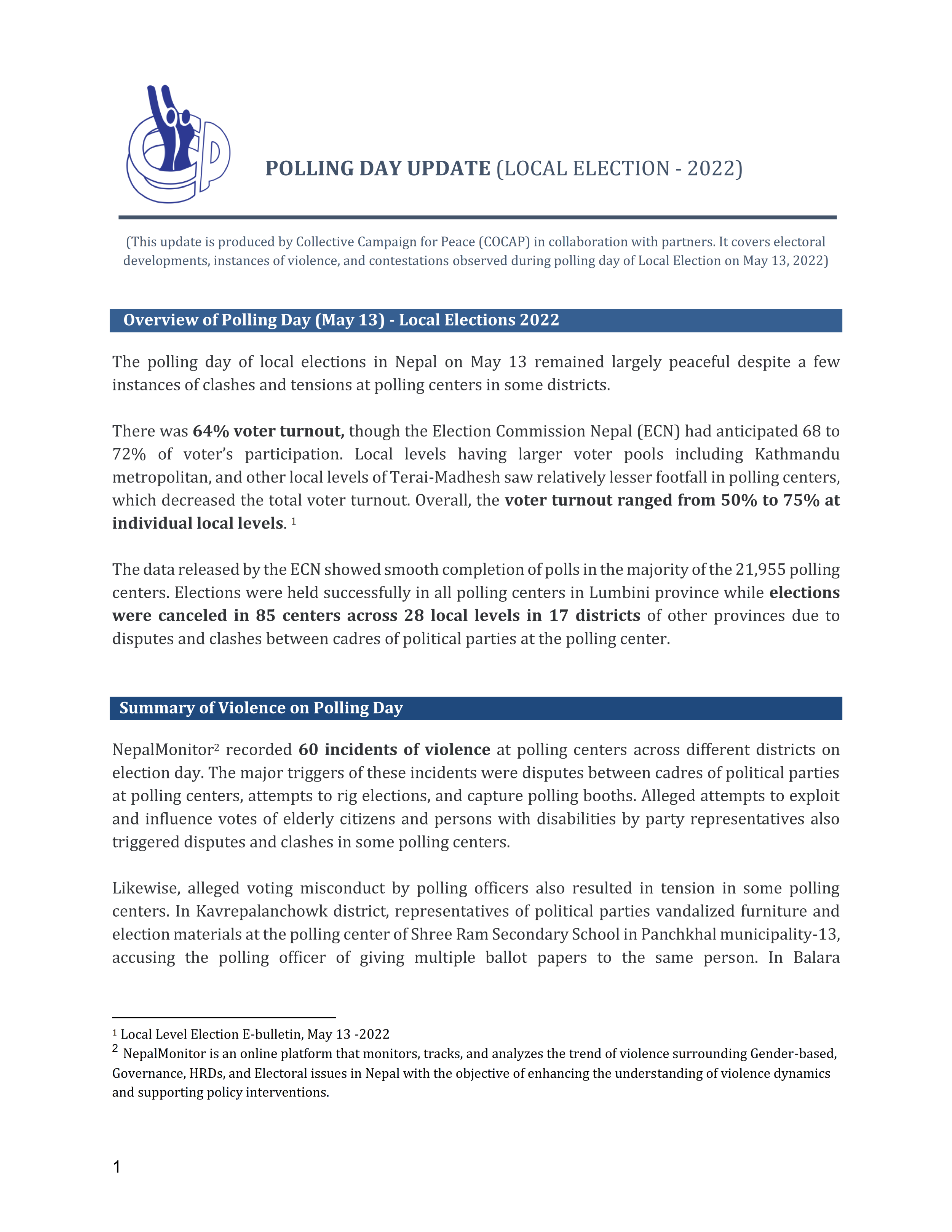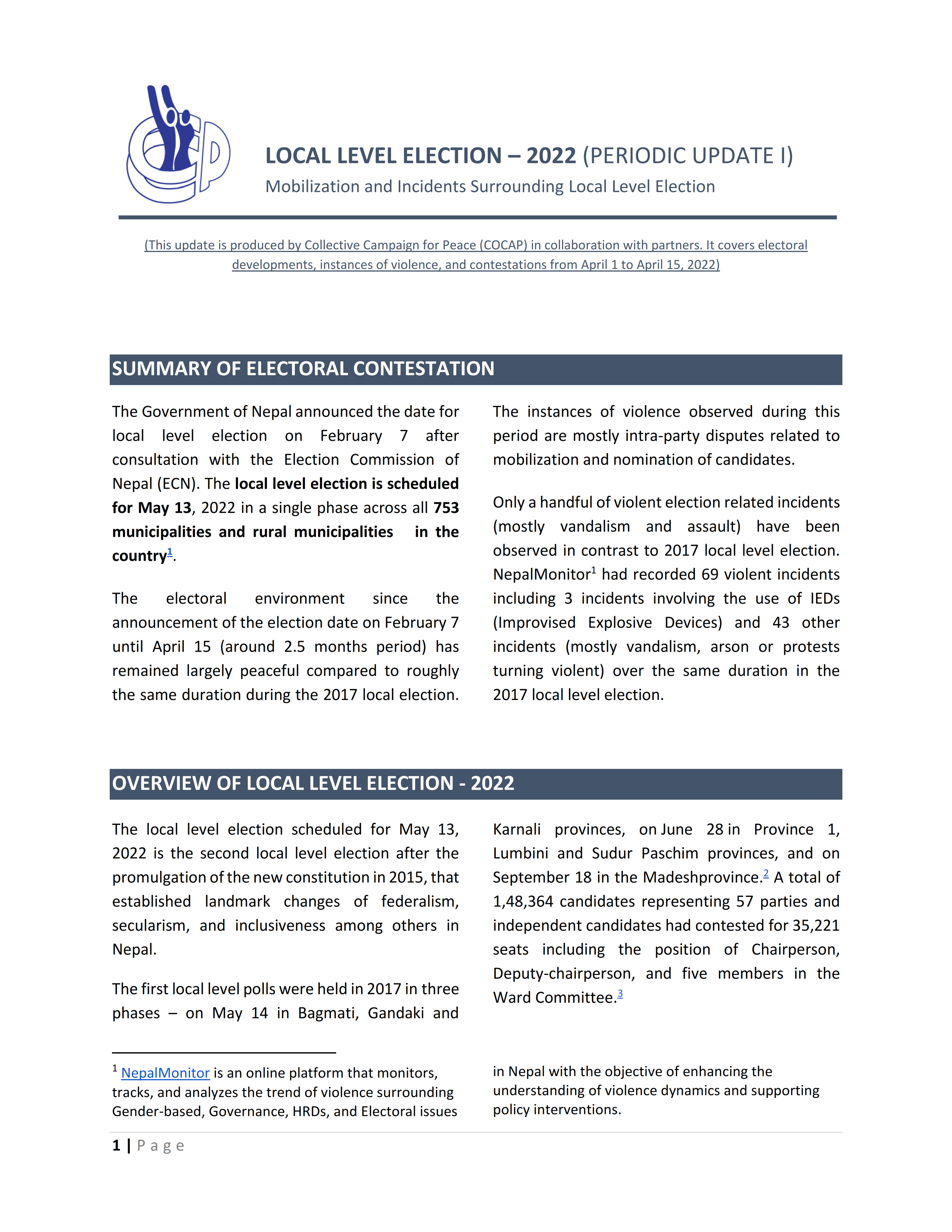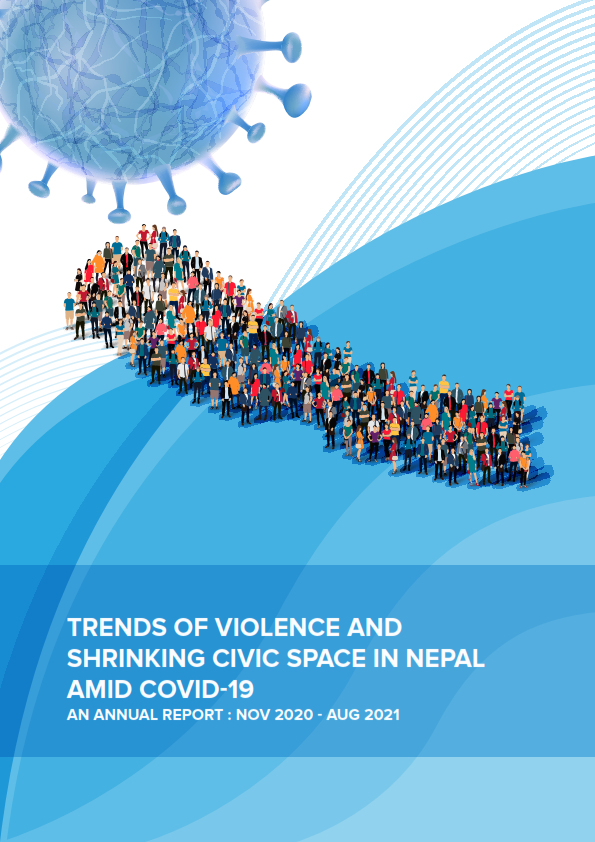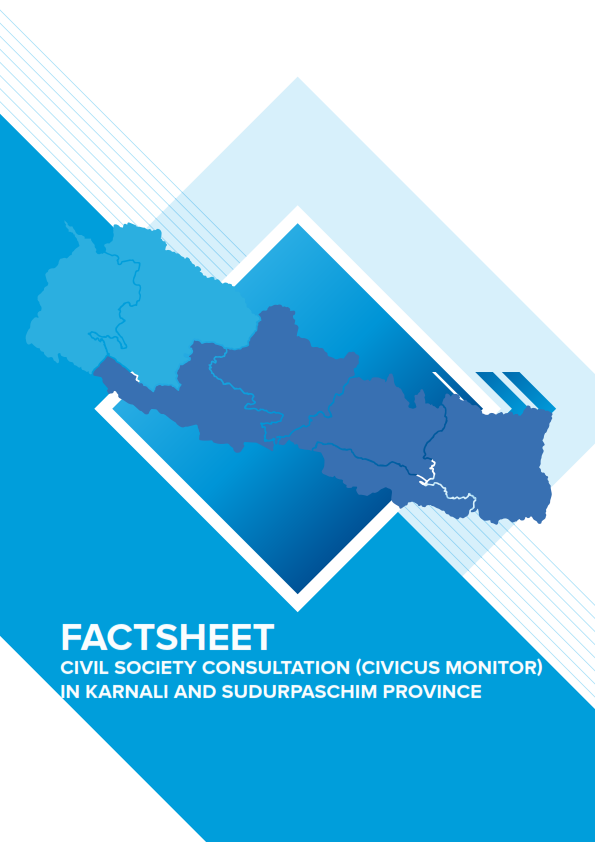Incident Reports
No easy answer
2015-04-07
For the past few weeks, Gaur, the headquarters of Rautahat district, has been restive. Gaur locals began protests after the government unveiled a plan to open up branch offices of the District Land Revenue Office and the Survey Department in nearby Chandranighapur, across the Mahendra Highway. When an Armed Police Force van fatally struck Ram Aashish Thakur, a protestor, on Friday, the protests turned violent, with clashes between the protestors and the security forces. Over 30 people were injured and a police van was torched. In response, the Gaur administration clamped a curfew, which few heeded.
Similar protests raged in neighbouring Bara district in February. Kalaiya, the headquarters of Bara, saw protests against the government’s decision to relocate the land revenue and survey offices to Simara. After protests raged, the government rolled back its decision, only to rouse the ire of Simara locals, who took to the streets demanding that the offices be relocated as planned. The same thing happened in Inaruwa, the headquarters of Sunsari district.
The government claims that the relocation and expansion of services to centres outside of the district headquarters is purely an administrative decision. The locals see it otherwise. In many districts of the Tarai, the East-West, or the Mahendra, Highway acts as an unofficial boundary. North of the highway are relatively newer settlements of Pahadi migrants, who have established communities and business hubs, benefiting from their proximity to the vital road artery. South of the highway generally have a greater concentration of Madhesi communities, who see the shift in government offices as part of a long-term political ploy to move administration to the north, benefiting Pahadis at the cost of Madhesis. This suspicion is not without cause. Madhesis have long running issues with the manner in which Nepal, and especially the Tarai, has been governed so far—in a largely centralised manner from Kathmandu. But the residents of Chandranighapur and Simara too have a point—they deserve easier access to state services.
These recent protests are a complex affair. The decisions to expand government services were perhaps made with good intention but such aims were clearly not communicated well to the local populace. Civic engagement on what was clearly an unpopular decision would’ve helped. The government could have perhaps done well to take buy-in from the Madhesi political parties for such a move, explaining its rationale. Moreover, the government’s response to the protests has not been constructive. The police have a history of violence in the Madhes and protests have been met with riot gear, batons, and tear gas. It was the killing of Thakur in Gaur that sparked violence.
As such, these incidents offer grave lessons for federating the country. The Madhes is a restive region and alienation within some sections of Madhesi society from the larger political process can be observed. The ruling parties that lead government will need to display more sensitivity to local sentiments and refrain from top-down, Kathmandu-centric decisions. The recent protests underscore the need for federalism, but they also illustrate that drawing boundaries will be a complicated affair that must be handled with sensitivity and local buy-in.
National/Online Media
Related Reports
Governance / Kathmandu
Medical education concern committee protest by banging plates and whistling
September 08, 2023
Governance / Darchula
Workers padlock school citing non-receipt of wages for more than a year
Sudurpashchim, Darchula, Naugad
August 29, 2023
Governance / Sunsari
Prohibitory order issued in Dharan, tightening at entry points
Province 1, Sunsari, Dharan
August 25, 2023
Governance / Morang
Students of Eastern College in Biratnagar on protest
Province 1, Morang, Biratnagar
August 23, 2023
Related Trend Analysis
Analysis

THE NEPAL PEACE MONITOR ANNUAL REVIEW: 2020
October 25, 2021
Human Trafficking / LGBT+ Rights / GBV / Political / Children’s Rights / Senior Citizens’ Rights / HRD Issues / Human Rights / Interpersonal Violence / Governance / Covid-19 / Civic-Space / PwD

_001.png)




